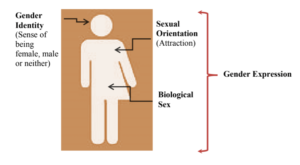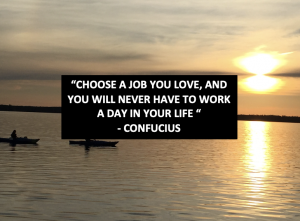Part 1: At the beginning of the reading, Leroy Little Bear (2000) states that colonialism “tries to maintain a singular social order using force and law, suppressing the diversity of human worldviews. … Typically, this proposition creates oppression and discrimination” (p. 77). Think back on your experiences of teaching and learning mathematics — were there aspects of it oppressive and/or discriminating for you or other students?
Reflecting on my schooling experiences certain situations now do not sit right with me as a future educator. I can remember the first time we were introduced to our three classmates who came to Canada from the Philippines. They quickly became part of our big family, and my classmates still would say they were the “glue” of our class until this day. Though our class immediately loved our new members, even though they did not speak English at the time, our teachers made it obvious they must learn the language before learning math. This may seem like a subtle detail, but my new classmates had experiences that could have been avoided if they could understand math and language parallel. The most significant story I can recall was when we were learning about temperatures in elementary school. One of our new classmates failed to understand because he struggled with the terminology, in his shy nature he was scared to ask for help. One day it was extremely cold and we were going out for recess the teacher asked us about the temperature and told us to “dress for the weather,” being a new Canadian and failing to understand temperature caused our classmate to get severe frostbite on his ears. This memory is one that stuck with every single person in my class, as it was brought up at our graduation ceremony.
I have plenty of negative memories from my mathematical experience, though I wouldn’t classify them as oppressive or discriminatory, I would classify them as blatantly inappropriate. I can remember sitting at my desk on the first day of Pre-Calculus 30, and the teacher stated “if you are not prepared to cry this semester, then make sure to drop this class.” I can also remember the endless times of being told “figure it out” or “use what you know” when I tried to ask for help. I eventually gave up on asking, and some of my other classmates began cheating because they felt so helpless and felt “stupid” when they asked for help.
Part 2: After reading Poirier’s article: Teaching mathematics and the Inuit Community, identify at least three ways in which Inuit mathematics challenges Eurocentric ideas about the purposes of mathematics and the way we learn it.
The Inuit approach to learning mathematics contrasts the Eurocentric model in a variety of ways. To start, the number systems of each form of mathematics differ; the Inuit model focuses on a base-20 system, and the Eurocentric model focuses on a base-10 system. The major difference between the two mathematical interpretations relies on the learning methods associated with educating learners. The Eurocentric model relies on direct, textbook-style learning where results are often predetermined and absolute, however, the Inuit system relies on natural ways of learning through a verbal number system. The Inuit system contrasts the Eurocentric system because the basis of the Inuit system relies on using experiences to learn rather than using your math skills to live as societally expected.
Resources
Bear, L. L. (2000). Jagged worldviews colliding. In M. Batiste (Ed.), Reclaiming Indigenous voice and vision (pp. 77-85). UBC Press. Poirier, L. (2007). Teaching mathematics and the Inuit community, Canadian Journal of Science, Mathematics and Technology Education, 7(1), p. 53-67.
Poirier, L. (2007). Teaching mathematics and the Inuit community, Canadian Journal of Science, Mathematics and Technology Education, 7(1), p. 53-67.


Recent Comments